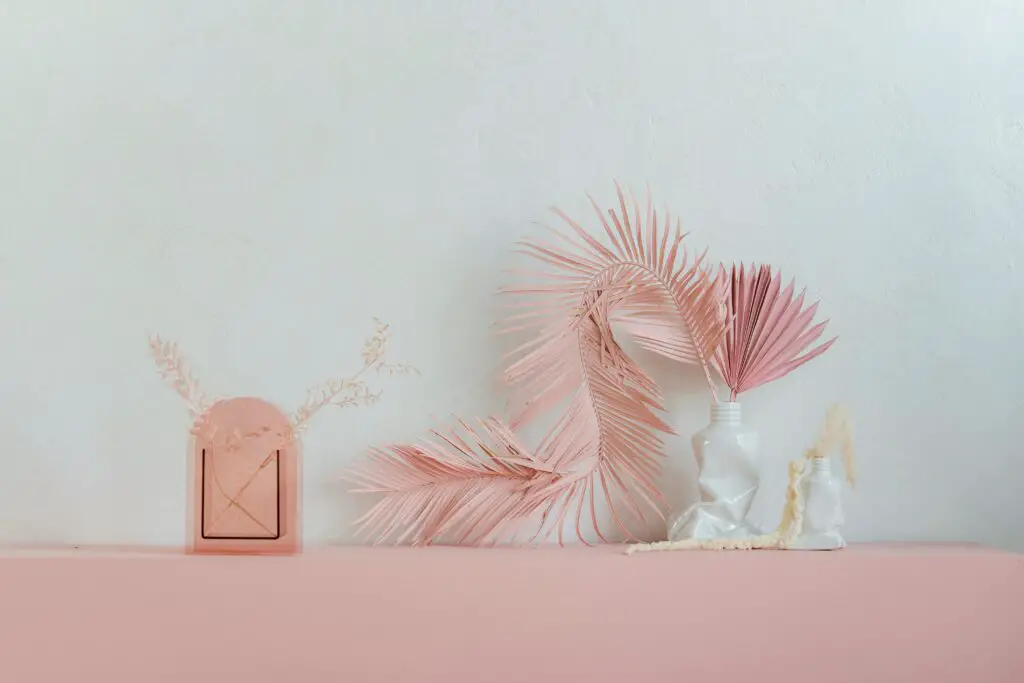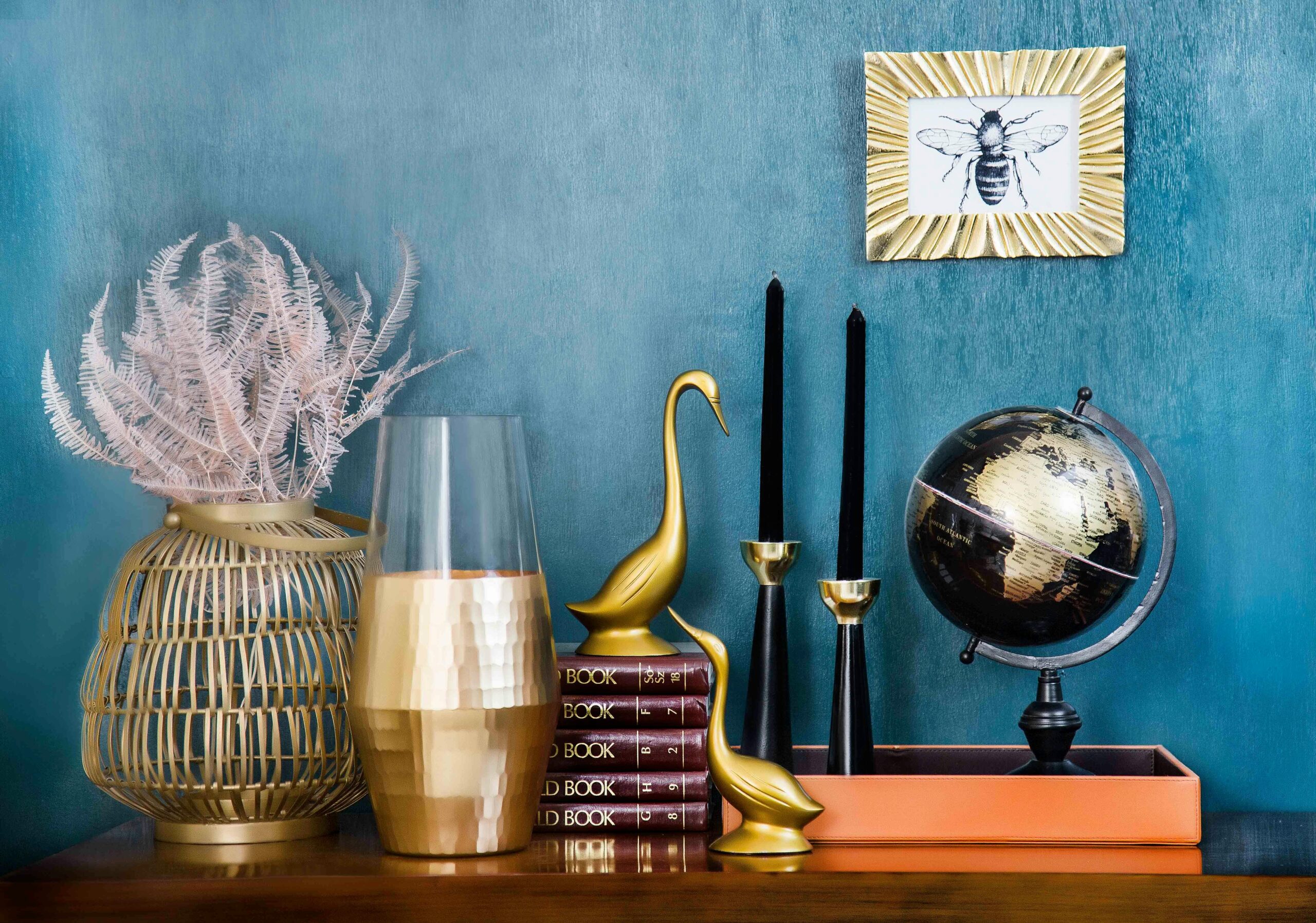Imagine stepping into a home where every corner tells a story, where the decor reflects the beauty of diverse cultures, and where every piece carries the soulful touch of craftsmanship. This is the allure of global-inspired decor, where the world’s artistic traditions merge to create a harmonious and eclectic living space.
In this comprehensive guide, we embark on a journey through the captivating world of incorporating artisanal crafts in global-inspired decor. You’ll discover how to infuse your living space with the richness of cultural heritage.
Understanding Global-Inspired Decor
Before we dive into the realm of artisanal crafts, let’s first grasp the essence of global-inspired decor. This style draws inspiration from diverse cultural influences, weaving together elements from various regions and traditions. The result is a unique fusion of styles, patterns, and textures that reflect the rich tapestry of our world’s artistic expressions.
Global-inspired decor is not about replication; it’s about capturing the essence of different cultures and creating a cohesive and visually stunning living space. Whether you’re drawn to the vibrant colors of India, the serene simplicity of Japanese design, or the earthy textures of African decor, global-inspired decor allows you to explore and celebrate these influences.
The Significance of Artisanal Crafts
Artisanal crafts are at the heart of global-inspired decor. These are not mass-produced items; they are meticulously crafted by skilled artisans, often using traditional techniques passed down through generations. The significance of artisanal crafts lies in the following:
- Handmade vs. Mass-Produced: Each piece is unique and carries the distinct touch of its creator, setting it apart from factory-made items.
- Celebrating Craftsmanship and Tradition: Artisanal crafts honor the skills and techniques that have been perfected over centuries, preserving cultural heritage.
- Unique and One-of-a-Kind Pieces: When you incorporate artisanal crafts into your decor, you’re not just adding objects; you’re adding stories, traditions, and a sense of authenticity to your space.
Choosing the Right Artisanal Crafts
Selecting the perfect artisanal crafts for your decor requires thoughtful consideration. Here’s how to make the right choices:
Exploring Cultural Origins
Start by exploring the cultural origins that resonate with you the most. Whether it’s the intricate pottery of Morocco, the delicate textiles of Thailand, or the rustic woodwork of Scandinavia, understanding the origins of these crafts can help you appreciate their significance.
Selecting Authentic and Ethical Crafts
When purchasing artisanal crafts, prioritize authenticity and ethical sourcing. Seek out fair trade organizations and artisans who are compensated fairly for their work. This ensures that your decor not only looks beautiful but also supports the communities behind these crafts.
Complementing Your Decor Style
Artisanal crafts should enhance your decor style, whether it’s bohemian, minimalist, eclectic, or traditional. Consider how each piece complements the existing elements in your space, from color schemes to furniture choices.
Incorporating Artisanal Crafts in Different Spaces

Artisanal crafts can find a place in every corner of your home. Here’s how to incorporate them into different spaces:
Living Rooms and Common Areas
Your living room is the heart of your home, making it the perfect canvas for showcasing artisanal crafts. Consider handwoven rugs, embroidered cushions, and hand-painted ceramics to add warmth and character to your space.
Bedrooms and Personal Retreats
Infuse your bedroom with the serenity of artisanal crafts. Think about incorporating hand-carved wooden furniture, block-printed linens, and handcrafted lighting fixtures for a cozy and inviting atmosphere.
Dining Spaces and Kitchens
Turn your dining area into a culinary journey with artisanal tableware, pottery, and textiles. These pieces not only make your meals feel like special occasions but also bring the cultural richness of different cuisines to your home.
Outdoor Areas and Gardens
Don’t forget to extend the beauty of artisanal crafts to your outdoor spaces. Consider mosaic-tiled tables, wrought-iron furniture, and handcrafted garden ornaments to create an enchanting garden retreat.
Mixing and Matching Crafts
Mixing different types of artisanal crafts can create a captivating and eclectic look. Here are some tips for achieving a harmonious blend:
Creating a Cohesive Look
While it’s essential to embrace diversity, look for common elements that tie your crafts together. This could be a shared color palette, a recurring motif, or a similar material.
Balancing Textures and Materials
Experiment with a variety of textures and materials. Pair rough-textured textiles with smooth ceramics, or combine intricate wood carvings with simple metalwork for a visually interesting contrast.
Using Crafts as Focal Points
Choose one or two artisanal pieces to serve as focal points in each room. These could be a hand-painted tapestry, an ornate mirror, or a beautifully crafted piece of furniture. Let these items take center stage.
Color and Pattern Considerations
Artisanal crafts often bring vibrant colors and intricate patterns into your decor. Here’s how to work with them effectively:
Embracing Vibrant Hues
Don’t be afraid to embrace bold and vibrant colors. These can add energy and personality to your space, making it feel lively and inviting.
Combining Patterns and Motifs
Mixing patterns can create an exciting visual dynamic. However, aim for balance by using a unifying color or theme to tie the patterns together.
Achieving Visual Balance
Incorporate artisanal crafts in a way that achieves visual balance. If you have a vibrant, patterned rug, balance it with simpler, more neutral furniture and decor elements.
Display and Arrangement Tips

How you display your artisanal crafts can significantly impact their visual impact. Consider the following tips:
Creating Artful Displays
Group similar crafts together to create visually striking displays. For example, arrange a collection of ceramic vases on a shelf or hang a gallery of handwoven textiles as wall art.
Layering Crafts for Depth
Layering crafts can add depth and complexity to your decor. For instance, drape a hand-embroidered throw over a sofa or layer different-sized ceramic bowls on a dining table.
Emphasizing Cultural Significance
If you have artisanal crafts with cultural significance, highlight them in your decor. For example, showcase a traditional African mask or an intricately designed Indian tapestry as a conversation piece.
DIY and Crafting Projects
Adding a personal touch to your global-inspired decor can be deeply rewarding. Consider the following DIY and crafting ideas:
Personalizing Your Decor
Get creative and personalize your decor with DIY projects. Try your hand at block printing textiles, painting ceramics, or creating your own artwork inspired by global traditions.
Exploring Crafting Techniques
Learn about the crafting techniques used in different cultures. Whether it’s basket weaving, pottery, or textile dyeing, exploring these techniques can deepen your appreciation for artisanal crafts.
Preserving Cultural Heritage
If you have crafting skills, consider preserving cultural heritage by sharing your knowledge and supporting artisans. Host crafting workshops or collaborate with local artisans to create unique pieces.
Preservation and Maintenance
To keep your artisanal crafts looking their best, follow these preservation and maintenance tips:
Caring for Artisanal Crafts
Handle your crafts with care, as many of them can be delicate. Use appropriate cleaning methods and store them in a safe place to prevent damage.
Cleaning and Restoring Pieces
Learn how to clean and restore artisanal crafts properly. Some materials may require specific cleaning agents or techniques to maintain their beauty.
Ensuring Longevity and Beauty
Invest in the longevity and beauty of your artisanal crafts by following care instructions, avoiding direct sunlight, and periodically checking for signs of wear.
Conclusion
Incorporating artisanal crafts into your global-inspired decor is a celebration of cultural diversity, craftsmanship, and authenticity. Each piece you choose, whether it’s a handwoven textile or a hand-carved sculpture, brings the world closer to your home. So, infuse your home with the magic of artisanal crafts, and let your decor tell the captivating tales of our global heritage.
Frequently Asked Questions
1. How did the Arts and Crafts movement contribute to interior design?
The Arts and Crafts movement emphasized craftsmanship, quality materials, and traditional techniques, which greatly influenced interior design. It led to the appreciation of handmade and artisanal elements in decor.
2. What is the meaning of artisanal craft?
Artisanal craft refers to the creation of handmade products by skilled artisans who use traditional techniques and often work with high-quality materials. These crafts are known for their authenticity and unique character.
3. How did the Arts and Crafts movement influence architecture?
The Arts and Crafts movement had a significant impact on architecture by promoting the use of natural materials, craftsmanship, and the integration of design elements into the overall structure. It favored simplicity and a connection to nature.
4. What are the benefits of handicrafts in the environment?
Handicrafts often use sustainable materials and techniques, reducing the environmental impact of mass production. They also promote local economies and cultural preservation.
5. What is the cultural significance of art and craft?
Art and craft have deep cultural significance as they often reflect the traditions, beliefs, and aesthetics of a particular culture. They can also serve as a means of storytelling and preserving heritage.
6. Why are decorative arts important?
Decorative arts encompass a wide range of artistic expressions in functional objects. They add beauty, character, and cultural richness to our living spaces, making them visually appealing and culturally significant.
7. What are the characteristics of a good decorative design?
A good decorative design is visually pleasing, harmonious, and thoughtfully arranged. It balances elements such as color, pattern, texture, and scale to create a cohesive and appealing aesthetic.



